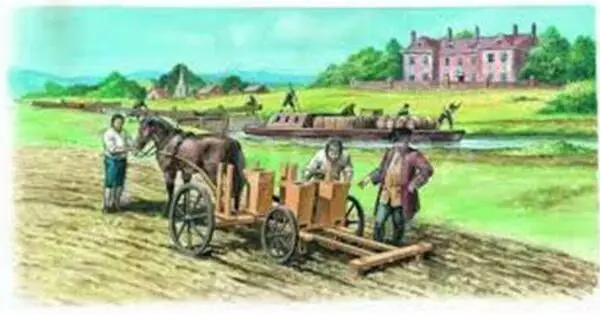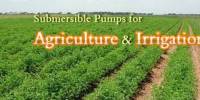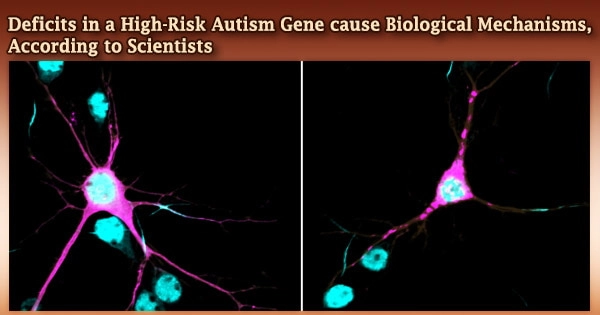The British Agricultural Revolution, also known as the Second Agricultural Revolution, was an unprecedented increase in agricultural production in the United Kingdom caused by increases in labor and land productivity between the mid-seventeenth and late-nineteenth centuries. It marked a shift away from traditional farming practices and toward more efficient and productive agricultural practices. During the Industrial Revolution, this revolution was critical to the overall development of the British economy and society.
Over the hundred-year period ending in 1770, agricultural output grew faster than population, and productivity remained among the highest in the world. This increase in food supply contributed to the rapid growth of population in England and Wales, from 5.5 million in 1700 to over 9 million by 1801, though domestic production gave way increasingly to food imports in the 19th century as the population more than tripled to over 35 million.
Using 1700 as a base year (=100), agricultural output per agricultural worker in Britain steadily increased from around 50 in 1500 to around 65 in 1550, 90 in 1600, over 100 by 1650, over 150 by 1750, and rapidly increasing to over 250 by 1850.
The rise in productivity accelerated the decline of the agricultural share of the labour force, adding to the urban workforce on which industrialization depended: the Agricultural Revolution has therefore been cited as a cause of the Industrial Revolution.
The British Agricultural Revolution had several important consequences:
- Increased Agricultural Productivity: The adoption of these new practices led to significant increases in agricultural productivity, contributing to a more stable and reliable food supply for the growing population.
- Urbanization and Industrialization: The surplus labor from the agricultural sector was able to move to urban areas, supporting the burgeoning industrialization of Britain during the Industrial Revolution.
- Economic Growth: The increased productivity in agriculture freed up resources and labor for other sectors, contributing to overall economic growth and development.
- Social Changes: The enclosure movement and changes in agricultural practices resulted in significant social upheaval, as small landholders and tenant farmers were displaced, leading to debates about land rights and social inequality.
- Technological Progress: The innovations in agricultural machinery and practices paved the way for further technological advancements in the broader economy.
















